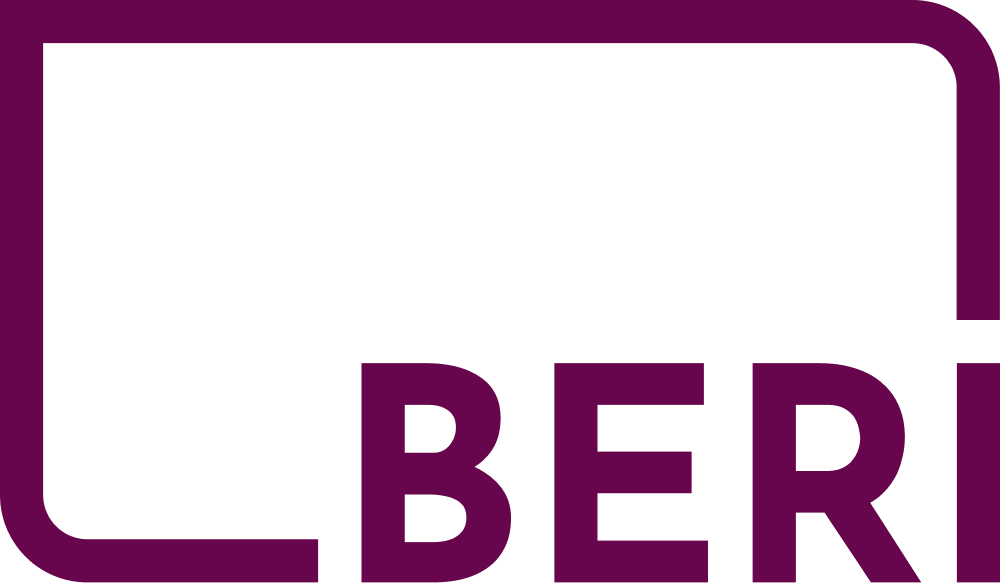Trial collaborations
The purpose of this blog post is to explain BERI’s “trial collaborations”: why they exist, how they differ from “main collaborations,” and the role they play in BERI’s plans for expansion.
Goal of a trial collaboration
BERI’s trial collaborations are best understood in the context of our main collaborations, because the goal of a trial collaboration is to evaluate whether or not it can be expanded into a main collaboration.
BERI currently has four main collaborations, with FHI, CHAI, CSER, and SERI. In each main collaboration, BERI’s primary contribution is that we support the collaborator’s work in ways that would be administratively or financially difficult for their home university. These services are the main reason BERI was founded in 2017, and they remain our sole focus as an organization in support of x-risk-oriented researchers. (In 2018-2019 we experimented with some other programs that were not collaboration-focused, but in 2020 we narrowed our focus again to university collaborations.)
To help us assess the potential of additional organizations to engage with BERI as main collaborators—both in terms of whether they need our help and whether their work is aligned with our mission—in 2020 we created the concept of the trial collaboration and launched six of them.
“Life cycle” of a trial collaboration
Before starting a particular trial collaboration, BERI raises a relatively small amount of money from funders who want to support BERI’s core mission and approach.
For trials started in 2020, our funding came mostly from Open Philanthropy and Jaan Tallinn.
For trials starting in 2021, our funding will come from our 2020 public fundraiser.
2. We invest this money (between $1k-$10k per group) in “trialling” new collaborators.
As described in our fundraising blog post: These trial collaborations create opportunities for learning on both sides of the equation—BERI will learn more about which potential new services we are well-equipped to provide, and the collaborator will learn more about what they need, and which of those needs are best fulfilled by an external entity like BERI.
Inevitably, some of our trial collaborations won’t go any further: Maybe we discover that BERI isn’t a great fit for the type of help those researchers need, or maybe it turns out that they can get everything they need directly from their host university.
We expect that for some of these groups, BERI will be a great fit for their needs. Trial collaborations are designed to provide evidence for compatibility: If the collaborator finds it useful and BERI finds it cost effective, then the trial has been successful.
3. Once we consider a trial collaboration successful, we use the evidence of our success to apply for funding from an institutional donor aligned with the missions of both BERI and the collaborator in question. We believe that applications like this are easier for funders to evaluate, compared to either a general BERI application or a pre-trial collaboration application.
If we are successful in raising funding for a long-term collaboration with a given group, that work becomes part of our “main” collaboration program (contrasted with “trial” collaborations). We recently raised $60k to promote our trial collaboration with SERI to a main collaboration, and we’re optimistic that more of our current trials will “convert” to main collaborations before the end of 2021. Designing new forms of BERI support is a major focus of our trial collaborations program, and our goal is for BERI to become a valuable long-term partner to all of these groups.
The future of trial collaborations
Trial collaborations are BERI’s main strategy for developing our niche and increasing the amount of value we provide to the x-risk ecosystem. If the process described above is successful in establishing several large collaborations by 2023, then we will probably continue this pattern into the future, holding annual or biennial application rounds for new trials.
If this process is not successful, and we fail to establish a sufficient number of new main collaborations by 2023, we’ll probably reevaluate this approach: Maybe the demand for BERI-like support is less widespread than we expected, or maybe small trial projects aren’t a good way to surface important needs. Possible alternatives to the trial collaboration strategy are outside the scope of this post.
Conclusion
BERI’s current medium-term goal (roughly 1-3 years) is to develop our collaborations to the point where all of our core operating expenses are funded by collaboration-specific donations. This keeps our focus on questions of operational efficiency, and emphasizes BERI’s role as a supporting organization.
Currently, using overhead rates we think are fair, we don’t have enough main collaboration activity to fund even one full-time employee—our core operating expenses are still partially funded by general donations from Open Philanthropy and Jaan Tallinn. We’re using this funding to develop the trial collaboration process until we can accomplish our medium-term goal.
Long-term, BERI wants to expand to exactly the right size for the need that exists—no larger. In particular, our plans for staffing are modest: we plan to gradually fill demand that exists now, and build our reputation as an organization that provides value by responsively filling the needs of ambitious groups with promising visions. This way, our growth will be balanced with the growth of existential risk as an academic priority.
In summary: Trial collaborations are BERI’s way of investing in the growth of the x-risk ecosystem, and a bet on BERI’s university collaboration strategy for improving human civilization’s long-term prospects for survival and flourishing.
